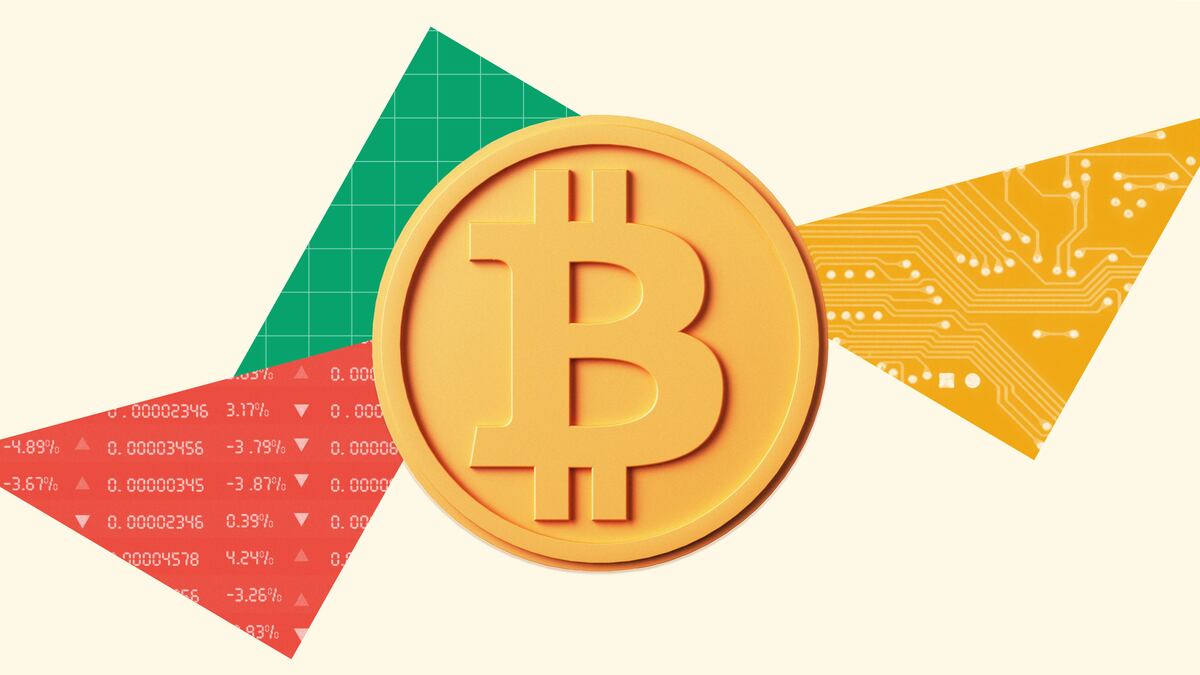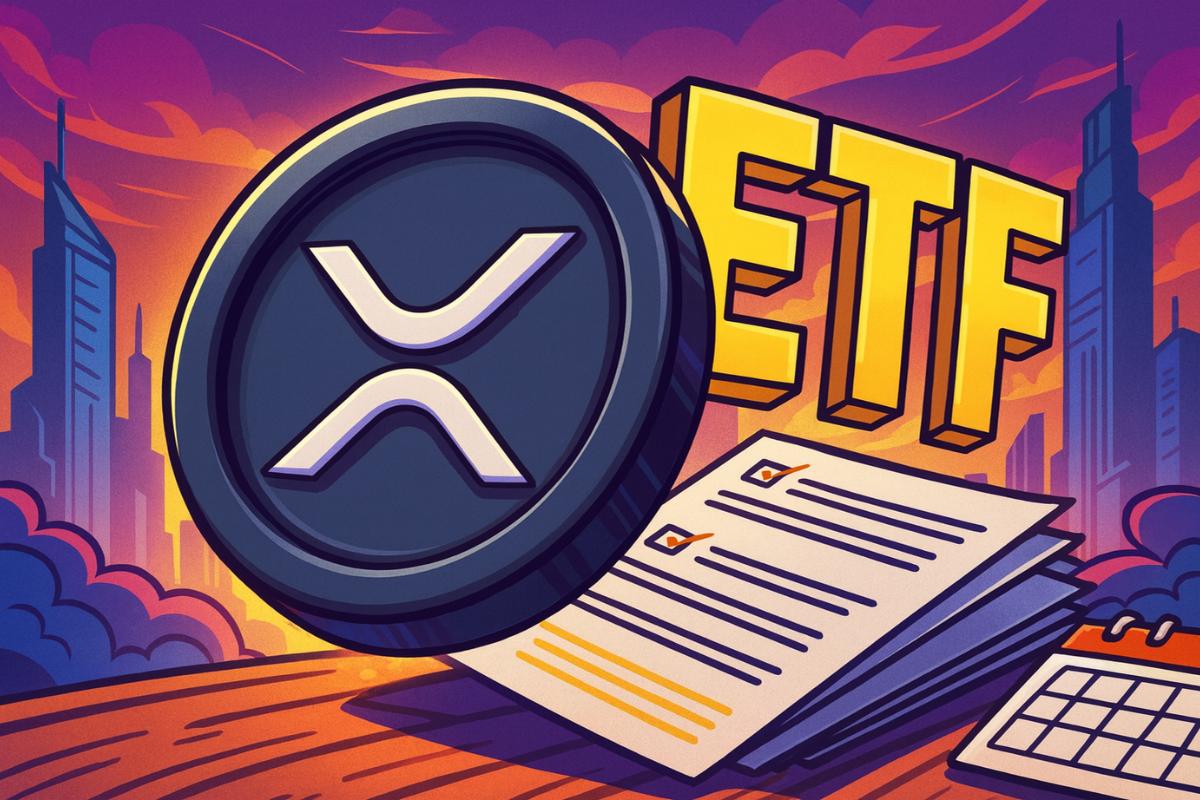There are hidden concerns in the crypto treasury strategies of listed companies. Will the Grayscale GBTC "explosion" scenario be repeated?

Author: Weilin, PANews
Cryptocurrency treasury has become a "fashionable strategy" for listed companies. According to incomplete statistics, at least 124 listed companies have incorporated Bitcoin into their financial strategies, and as a "weapon" on their balance sheets, it has attracted widespread attention in the crypto market. At the same time, the treasury strategies of Ethereum and Sol and XRP altcoins are also adopted by some listed companies.
Nevertheless, several industry insiders, including Castle Island Ventures partner Nic Carter, have recently expressed potential concerns: these listed investment vehicles are likened to Grayscale GBTC, a Grayscale Bitcoin Trust fund that has long traded at a premium, which turned into a discount that year and became the fuse for the collapse of multiple institutions.
Geoff Kendrick, head of digital asset research at Standard Chartered Bank, also warned that if the price of Bitcoin falls below 22% of the average purchase price of these crypto treasury strategy companies, it may trigger forced selling by companies. If Bitcoin falls back below $90,000, about half of the companies' positions may face the risk of losses.
MicroStrategy has attracted a group of imitators, but what are the leverage risks behind the high premium?
As of June 4, Strategy held approximately 580,955 bitcoins with a market value of approximately US$61.05 billion, but its company's market value was as high as US$107.49 billion, a premium of nearly 1.76 times.
In addition to MicroStrategy, some of the latest companies to adopt the Bitcoin treasury strategy also have glamorous backgrounds. Twenty One, backed by SoftBank and Tether, went public through Cantor Fitzgerald's SPAC and raised $685 million to buy Bitcoin. Nakamoto Corp, founded by Bitcoin Magazine CEO David Bailey, merged with a listed medical company and raised $710 million to buy Bitcoin. Trump Media & Technology Group has announced that it has raised $2.44 billion to build a Bitcoin treasury.
PANews recently took stock and found that Strategy's Bitcoin treasury strategy has attracted a large number of imitators, including SharpLink, which plans to buy Ethereum, Upexi, which accumulates SOL, and VivoPower, which accumulates XRP, and other listed companies.
However, several crypto industry insiders pointed out that the operation trajectory of these companies is very similar in structure to the GBTC arbitrage model of the year. Once a bear market comes, its risks are likely to be released in a concentrated manner, forming a "stampede effect", that is, when the market or asset prices show signs of falling, investors collectively sell in panic, triggering a chain reaction of further price plunges .
Lessons from Grayscale GBTC: Leverage Collapse and Institutional Investors’ Explosions
Looking back at history, Grayscale Bitcoin Trust (GBTC) was once very popular in 2020-2021, with a premium of up to 120%. However, after entering 2021, GBTC quickly turned into a negative premium, and eventually became the trigger for the collapse of institutions such as Three Arrows Capital (3AC), BlockFi, and Voyager.
The mechanism design of GBTC can be described as a one-way transaction of "only in and no out": after investors purchase GBTC in the primary market, they need to lock it for 6 months before they can sell it in the secondary market, and they cannot redeem it for Bitcoin. Due to the high threshold for Bitcoin investment in the early market and the heavy tax burden on income payment, GBTC once became a legal channel for qualified investors (through 401(k) US retirement benefit plans, etc.) to enter the crypto market, which promoted the long-term maintenance of its secondary market premium.
But it is this premium that has spawned a large-scale "leverage arbitrage game": investment institutions borrow BTC at ultra-low cost, deposit it into Grayscale to subscribe for GBTC, and then sell it in the premium secondary market after holding it for 6 months to obtain stable returns.
According to public documents, the combined GBTC holdings of BlockFi and 3AC once accounted for 11% of the circulating shares. BlockFi once converted the BTC deposited by customers into GBTC and used it as loan collateral to pay interest. 3AC even used up to $650 million in unsecured loans to increase its GBTC holdings and mortgaged GBTC to DCG's lending platform Genesis to obtain liquidity and achieve multiple rounds of leverage.
In a bull market, this worked fine. But when Canada launched the Bitcoin ETF in March 2021, the demand for GBTC plummeted, the positive premium turned into a negative premium, and the flywheel structure collapsed instantly.
BlockFi and 3AC began to suffer continuous losses in a negative premium environment - BlockFi had to sell off GBTC on a large scale, but still lost more than $285 million in 2020 and 2021. Some industry insiders estimated that its losses on GBTC were close to $700 million. 3AC was liquidated, and Genesis finally issued a statement in June 2022 saying that it had "disposed of the pledged assets of a large counterparty." Although it did not name the counterparty, the market generally believed that the counterparty was 3AC.
This "explosion" that started with premium, flourished with leverage, and was destroyed by the collapse of liquidity became the prelude to the systemic crisis in the crypto industry in 2022.
Will the flywheel of encrypted treasury of listed companies bring about the next systemic industry crisis?
After Strategy, more and more companies are forming their own "Bitcoin Treasury Flywheel", with the main logic being: stock price rises → additional financing → purchase of BTC → boosting market confidence → continued stock price rise. This treasury flywheel mechanism may accelerate in the future as institutions gradually accept cryptocurrency ETFs and cryptocurrency holdings as loan collateral.
On June 4, JPMorgan Chase & Co. plans to allow its trading and wealth management clients to use some assets linked to cryptocurrencies as collateral for loans. According to people familiar with the matter, the company will begin providing financing with cryptocurrency ETFs as collateral in the coming weeks, starting with BlackRock's iShares Bitcoin Trust. People familiar with the matter said that in some cases, JPMorgan Chase will also begin to take its cryptocurrency holdings into account when evaluating the overall net worth and liquid assets of wealth management clients. This means that cryptocurrencies will receive similar treatment to stocks, cars or artworks when calculating the amount of assets available to clients for collateral.
However, some bears believe that the treasury flywheel model seems self-consistent in a bull market, but its essence is to directly link traditional financial means (such as convertible bonds, corporate bonds, and ATM issuance) with the price of encrypted assets. Once the market turns bearish, the chain may break.
If the price of the currency plummets, the company's financial assets will shrink rapidly, affecting its valuation. Investor confidence collapses, stock prices fall, and the company's financing ability is limited. If there is debt or margin call pressure, the company will be forced to liquidate BTC to deal with it. A large amount of BTC selling pressure is released in a concentrated manner, forming a "sell wall" and further depressing the price.
What’s more serious is that when the stocks of these companies are accepted as collateral by lending institutions or centralized exchanges, their volatility will be further transmitted to traditional finance or DeFi systems, amplifying the risk chain. This is exactly what Grayscale GBTC has experienced.
A few weeks ago, well-known short seller Jim Chanos announced that he was shorting Strategy and going long on Bitcoin, also based on a negative view of its leverage. Although MicroStrategy stock has risen 3,500% over the past five years, Chanos believes that its valuation has been seriously detached from fundamentals.
Some crypto treasury consultants pointed out that the current trend of "equity tokenization" may increase risks, especially once these tokenized stocks are also accepted as collateral by centralized or DeFi protocols, it is more likely to trigger an uncontrollable chain reaction. However, some market analysts believe that it is still in the early stages because most trading institutions have not yet accepted Bitcoin ETFs as margin collateral - even issuers such as BlackRock or Fidelity.
On June 4, Geoff Kendrick, head of digital asset research at Standard Chartered Bank, warned that 61 listed companies currently hold a total of 673,800 bitcoins, accounting for 3.2% of the total supply. If the price of bitcoin falls below 22% of the average purchase price of these companies, it may trigger forced selling by companies. Referring to the case of Core Scientific selling 7,202 bitcoins at a price 22% below the cost price in 2022, if bitcoin falls back below $90,000, about half of the companies' holdings may face the risk of losses.
How big is the risk of MicroStrategy exploding? Recently, the discussion of the podcast "Bitcoin Whale MicroStrategy and Its Capital Game" by Web3 101 has attracted market attention. The discussion mentioned that although MicroStrategy has been called the "leveraged version of Bitcoin" in recent years, its capital structure is not a high-risk leverage model in the traditional sense, but a highly controllable "quasi-ETF + leveraged flywheel" system. The company raised funds to purchase Bitcoin by issuing convertible bonds, perpetual preferred stocks, and additional issuance at market price (ATM), building a volatility logic that continues to attract market attention. More importantly, the maturity of these debt instruments is mostly concentrated in 2028 and later, making it almost free of short-term debt repayment pressure in cyclical pullbacks.
The core of this model is not simply hoarding coins, but through the dynamic adjustment of financing methods, under the strategy of "leverage at low premiums and sell stocks at high premiums", a self-reinforcing flywheel mechanism of the capital market is formed. Michael Saylor positioned MicroStrategy as a financial proxy tool for Bitcoin volatility, allowing institutional investors who cannot directly hold crypto assets to "unimpededly" hold a high-Beta (more volatile than the benchmark asset BTC) Bitcoin target with option attributes in the form of traditional stocks. Because of this, MicroStrategy not only builds a strong financing and anti-fragility capability, but also becomes a "long-term stable variable" in the volatility structure of the Bitcoin market.
At present, the crypto treasury strategies of listed companies have become the focus of the crypto market, and have also triggered controversy over their structural risks. Although MicroStrategy has built a relatively robust financial model through flexible financing methods and cyclical adjustments, whether the overall industry can remain stable in market fluctuations remains to be verified by time. Whether this round of "crypto treasury boom" will replicate the risk path of GBTC is a question full of unknowns and unresolved issues.
You May Also Like

Solana Block Finality: Community Votes on a Revolutionary Speed Boost

XRP ETF Timeline for 2025 — What Investors Should Know Before the Next Filing Deadline
